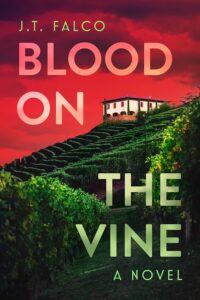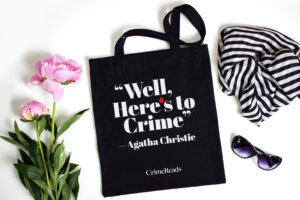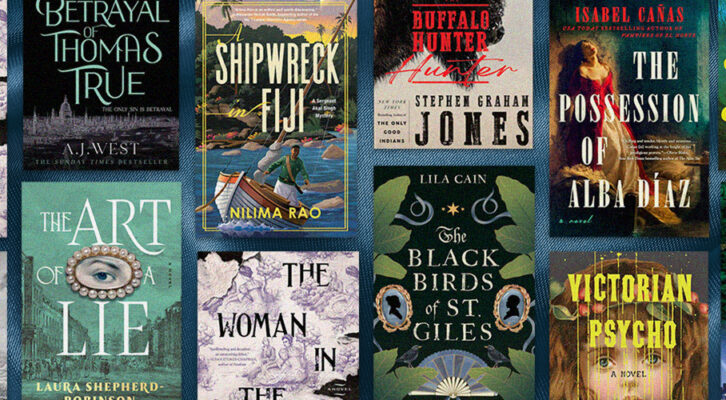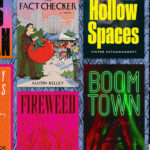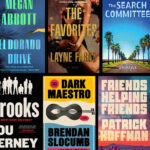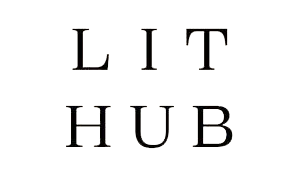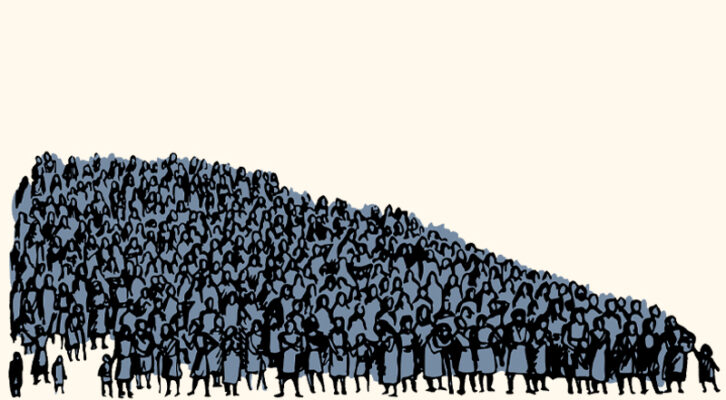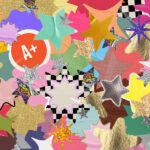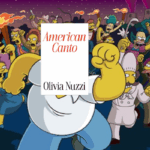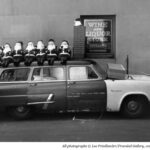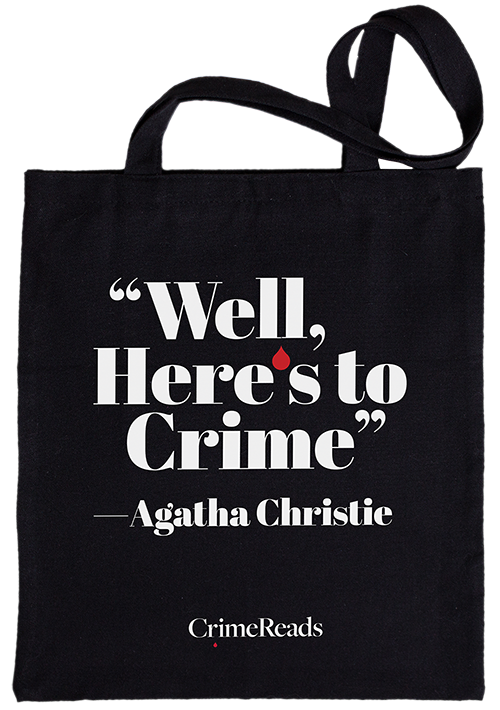What is it about wine that whisks us away with such an overwhelming sense of prestige and refinement? Whether you’re drinking from a $10,000 bottle of Pétrus or a $10 box of Franzia, once you pour it into a glass and render its price anonymous, you can’t help but feel yourself transported to the hillside vineyards of France or California. You can’t help but feel a sense of opulence and sophistication. You can’t help but feel…fancy.
Now maybe it’s a genuine reflection of the scarcity of top-quality vineyards in the world and the respect owed to a truly skilled winemaker. Or maybe it’s just good marketing. But the feeling is real—and as we all know, anytime you assign something an air of unattainable luxury, you’re going to attract the criminal mind. Because what is most crime, after all, but a desperate attempt to achieve the unachievable?
To paraphrase Sam Spade: wine is the stuff that dreams are made of. And like the Maltese Falcon, it doesn’t always matter what’s inside the bottle; it’s how the outside world perceives it that counts.
While my new novel, Blood on the Vine, deals with a fictional Napa crime, it was inspired by three very real crimes that rocked the foundations of the wine world over the past two decades. As you’ll see, each of them—in their own way—reflects the deviousness and desperation of a person eager to use wine to elevate their stature. To become something more—like grape juice transforming into a fine Bordeaux through the ineffable process of fermentation. But in the end, none of them were so lucky. In the end, their wine-soaked dreams proved to be nothing more than nightmares.
***
In March of 2015, Emad Tawfilis arrived at a Napa Valley business park expecting resolution. His long-promised deal had soured. Millions of dollars had been invested in a winery project that never materialized, and he was sick and tired of the excuses from his partner, Robert Dahl. But now Dahl had finally agreed to meet and settle things. Tawfilis, a San Mateo investor, still hoped for a civilized end to the ordeal.
Dahl had built a reputation as a smooth-talking entrepreneur, the kind of guy who could convince investors of all stripes to believe in his ventures—his winery, his bourbon brand. But behind the charm was something far darker: lawsuits, unpaid debts, and whispers of fraud. For months, Tawfilis had been pressing Dahl for answers. Today, at last, he would get them.
The two men climbed into a black SUV, en route to a vineyard that Dahl claimed as his own. But instead of a negotiation, Dahl pulled a gun. Shots rang out among the vines. Wounded and bleeding, Tawfilis fled for his life. He ran through the maze-like rows, past gnarled vines just beginning to bud, the rich Napa soil kicking up beneath his feet. Dahl pursued him, gun in hand.
A vineyard worker, hearing the commotion, called 911, and deputies raced to the scene. But by the time they arrived, Tawfilis was already dead. Dahl, cornered, turned the gun on himself…and fired.
Investigators later uncovered the full picture: Dahl was a conman unraveling, buried under lawsuits, his so-called wine empire built on deception. In the end, Napa’s vineyards—often thought of as a setting for luxury and leisure—became the backdrop for a desperate man’s final, violent act.
***
Five years earlier, in January of 2010, Aubert de Villaine, the revered owner of the most famous winery in the world, Domaine de la Romanée-Conti, received an unsettling letter. The writer claimed to have found a way to poison his most prized Burgundy vineyard—six acres of pinot noir producing the most sought-after wine on earth (retail value: $20,000+ per bottle). The demand was simple: pay one million euros or watch his vines shrivel and die.
De Villaine, a man who had spent a lifetime protecting the legacy of his wines, read the words carefully. The extortionist claimed to have already poisoned some vines as proof, meaning this was no mere bluff. So with the clock ticking, French police were called in to examine the vineyard. Before long, they found small holes drilled into the roots of a few vines, the work of someone who clearly understood viticulture. This wasn’t just a wine enthusiast with a grudge—this was calculated sabotage.
Thus, a sting was set. De Villaine agreed to pay the ransom, but unbeknownst to his extortionist, the police were lurking in the shadows of the quaint Burgundy village where he dropped off the cash. So when a man named Jacques Soltys, an aging criminal with a failing life, arrived to collect his bounty, he was arrested long before he could vanish into the countryside as planned. Days later, he was found dead in his prison cell—another life taken by the dashed dreams of a wine-country fortune.
***
Finally, we have Rudy Kurniawan, whose exploits in the early 2000s were global news and the subject of a juicy documentary. But it all started in the dim glow of auction houses and private wine cellars, where Kurniawan spun legend into liquid gold. His bottles of 1945 Château Lafite and 1959 Romanée-Conti changed hands for hundreds of thousands of dollars. Collectors whispered his name with awe. This man had somehow come into possession of hundreds of bottles of the rarest wines on earth—more than anyone thought possible.
But perhaps that should have been the first clue.
The illusion began to crack in 2008, when he tried to auction off bottles of Domaine Ponsot from vintages that never actually existed. The vineyard’s owner intervened personally, pulling the counterfeit bottles before they could be sold. Whispers turned to questions. Questions led to an FBI investigation.
When agents raided Kurniawan’s Los Angeles home in 2012, they didn’t find a cellar full of priceless wines. Instead, they found a counterfeiter’s laboratory. Empty bottles soaking in sinks. A specially designed printer for turning out vintage labels. Old wine mixed with younger blends. He had taken the world’s rarest wines and replicated them on the cheap, one careful drop at a time, thanks to what some regarded as the finest palate on the planet.
The trial was swift. The court saw through the illusion, sentencing him to ten years in prison. But the damage had already been done. Hundreds of fake bottles remain in collections to this day, their deception now an infamous part of wine history.
***
In his 1851 essay, “On Wine and Hashish,” the poet Charles Baudelaire mused that “wine is like man himself: one never knows to what extent one may esteem or despise him, love or hate him, nor of what sublime actions or monstrous crimes he is capable.” Because like all of us, wine has a dual nature. Elegance mixed with drunkenness. Luxury with a side of corruption. Artistry with a distinctive aftertaste of devilry.
And so next time you find yourself having a glass of pinot noir or chardonnay, remember that behind all that luxury, under each satisfying sip, is the blood of those who fell hard for the temptation of wine and found their dreams—and their bottles—shattered.


